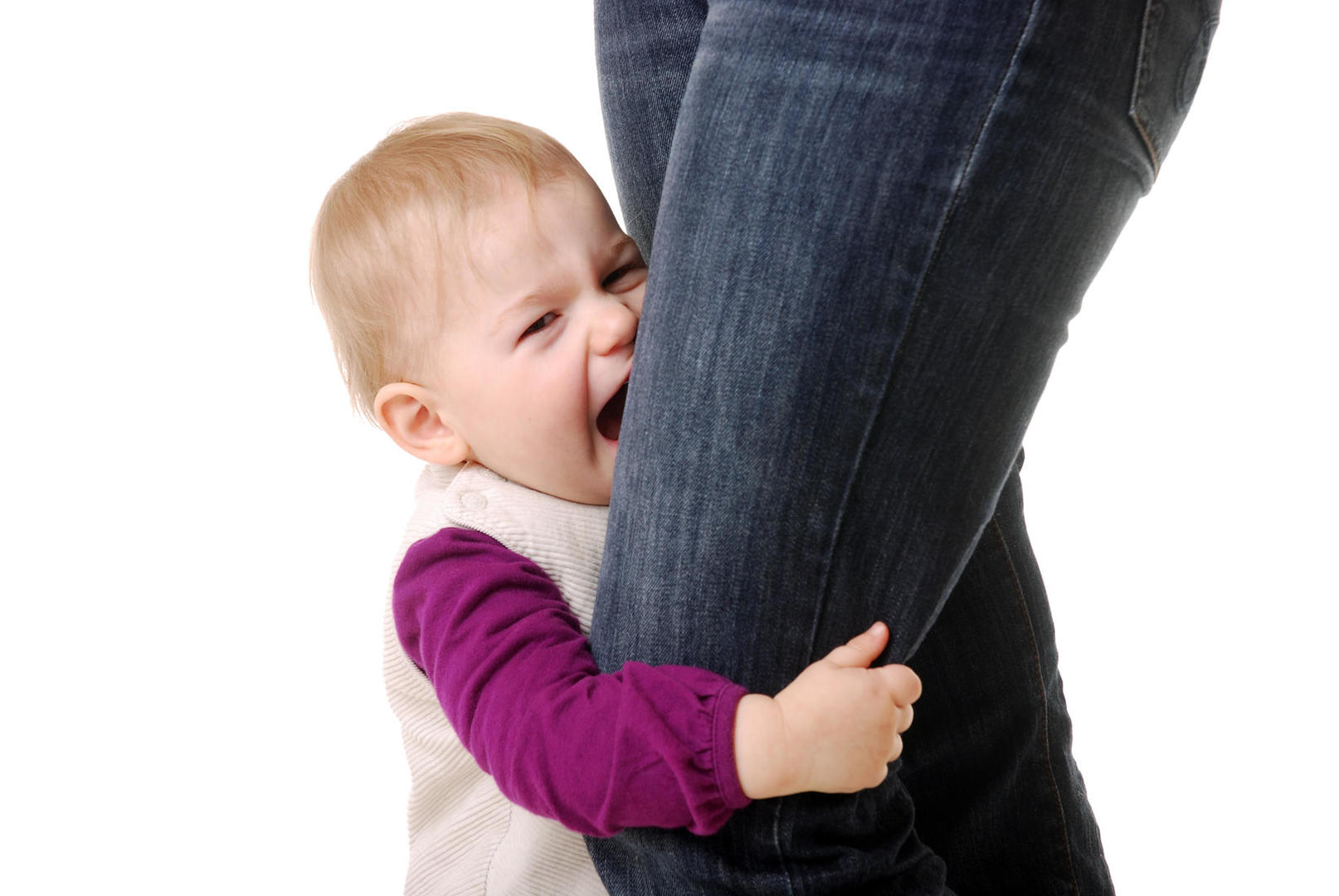Most parents dread the moment when they have to hand over their toddler to a new teacher. Their little munchkin’s school bag is packed with extra clothes and maybe a little treat to make the day easier – but how do you prepare yourself and your child emotionally for that release-moment? How can you try to make it easier for your child to separate from you, without the waterworks?
Let’s start by mentioning that separation anxiety among infants and toddlers is a very normal and healthy occurrence. Babies may start showing signs of separation anxiety from the age of about 6 or 7 months, when their primary caregiver leaves them. For most babies, separation anxiety reaches its peak at about 10 to 18 months, and should start to decrease again around the age of 2 or 3 years old. Separation anxiety makes its appearance because of the attachment between a child and its primary caregiver, as well as the child’s cognitive progress and development. So some separation anxiety is a good sign, but we do not want the wheels to completely fall off the apple cart …
How can you help your child?
- If you take your child to a new environment (e.g. day-care, kindergarten), spend some time with him/her before you leave him/her. Once your child realizes that you are comfortable in the environment, and trust the person you leave him/her with, he/she will feel safer and this may facilitate the separation process.
- Send a familiar item with them to preschool, such as a bear, blanket or even an item that is unique to you as a parent. These items may help your child feel safer when they are not with you. You can phase it out gradually as the anxiety subsides.
- Inform your child’s day-care, nursery school or responsible person of the separation anxiety, so that other people in your child’s environment may also lend support.
- Provide your child with plenty of ‘practice runs’ to separate from you, where he/she can have positive experiences concerning the separation process. It is important to provide him/her with encouraging experiences of separation and reunification. Avoiding separation may only make the process worse.
- Even if your child is still an infant, explain that you have to go somewhere, but that you will come back to fetch him/her. Try to avoid a quick escape without a greeting, as this may negatively impact the separation experience.
- Establish a short ritual or routine when saying goodbye to your child, and stick to it. This predictability also offers some security.
- Try to stay constant in your morning routine and drop-off time at school. Children feel safe when operating in a predictable environment.
- Most importantly: keep yourself calm and controlled! A child looks at his/her parent’s reaction to determine the degree of threat. If he/she sees that you are clearly upset, emotional and crying, he/she will respond accordingly. Try to stay calm, relaxed and friendly when you and your child separate, it will automatically make him/her feel more calm and safe.
If your child appears to exhibit more than the normal or age-appropriate separation anxiety behaviours, to the extent that the anxiety escalates and affects his or her daily functioning, it is recommended to seek professional help. Nightmares, behavioural changes and psychosomatic symptoms which develop as a result of separation anxiety, may be signs of a separation anxiety disorder, or other underlying issues, which can be addressed with professional help.
Credit:
This article was originally written by Anschel: Skeidingsangs – Hoe gee ek my kleuter af by die skool? and translated by Racheal.


